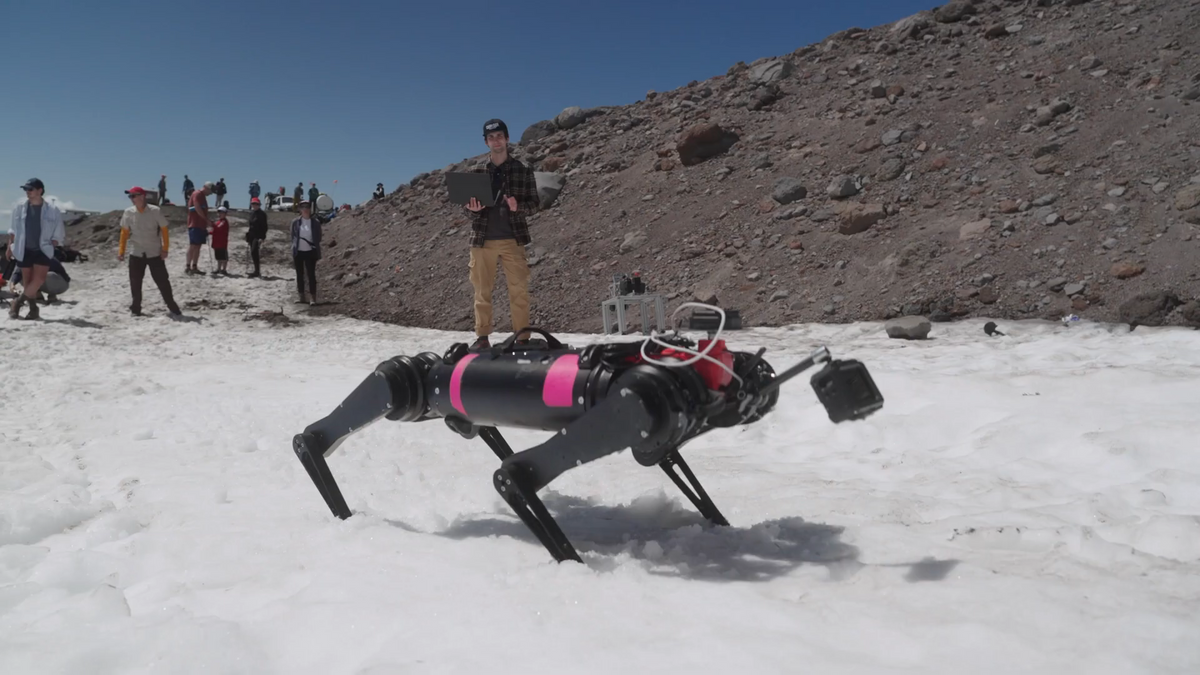DemoFall 2011, held in Santa Clara this week, featured 80 entrepreneurs who hope that their efforts to turn technical ideas into businesses will erupt into the next Google or Facebook. Mixed among those demonstrating their innovations were what the conference organizers called the sages—entrepreneurs or investors who have seen it all—or at least most of it—before.
The advice from the sages was remarkably consistent.
Said Paul Santelli from North Bridge Venture Partners, “The best innovations solve difficult problems; difficult problems have the biggest outcomes for investors.”
Confirmed Tom Gillis from Cisco Systems, “You have to go big, to shoot for something that will be ten times better.”
And Larry Augustin from SugarCRM pointed out that “It’s hard to build companies, big or small,” so if you’re going to go through it, “why not build a big one.”
And indeed, some Demo companies were tackling hard problems. In particular, DemoFall 2011 saw, for the first time, a handful of companies attempting to innovate in healthcare—one of the hardest, and most important, problems in today’s society. (IEEE Spectrum will have more on the topic of innovations in healthcare enabled by sensor and wireless technologies in its October issue.)
LUMOback from Zero2one. This Silicon Valley company started as a team of three Stanford graduates looking for an idea, funded by Google Chairman Eric Schmidt’s Innovation Endeavors, a company that invests in people rather than ideas. The group considered and rejected 52 ideas over six months before deciding to tackle the problem of back pain, which, they say, affects 80 percent of people in the U.S. at some point in their lives. LUMOback uses a wireless sensor that a user sticks on his lower back; it vibrates when the user isn’t standing or sitting properly, and communicates through Bluetooth with the user’s smart phone. Graphics on the smart phone help the user reposition himself properly; the phone app also tracks various parameters, including how much time the user spends standing and sitting and how well he’s doing in terms of keeping his back aligned. The company hasn’t announced pricing, but promises it will be “affordable.” Says cofounder Andrew Chang, “huge market and economics aside,” this project was exciting because “it combines emerging technology, data, and algorithms to do little things to improve people’s lives, rather than to depend on healthcare system to do it for us.” LUMOback expects this to be the first of a line of products that use smart phones to analyze biomechanics. More on LUMOback in the video above.
OMyMeds is a software tool intended to help patients make sense of complicated medication regimens. It takes prescription information already in a pharmacy’s records and turns them into printable charts that are easy for patients to understand and follow. (Having tried to understand my mother’s medications, I know that this is something that is hugely needed.) It also gives the patient a keytag to carry that will allow doctors or emergency personnel to scan it with their smart phones to quickly get the patients medication information. This, again, is simple, but truly brilliant—many people who need to take multiple medications don’t carry smart phones, but they do put tags on their keychains. The Newport Coast, Calif., company intends to market it to pharmacists and insurance companies, not directly to customers.
SenseAidehas packaged together simple stick-in-place wireless sensors, an internet video phone, and web based tools to develop its Virtual Care Service, a way of monitoring people in their homes who need support to continue living independently. The company will be conducting its first large rollout to 7000 homes in a West Palm Beach retirement community in October. It expects the package will be marketed by home care providers as part of their service to the 8 million seniors who, the company says, are confined to their homes and require some kind of care. Again, it is the simple things here that the company seems to be getting right, for example, the videophone answers itself so callers aren’t dependent on the housebound person to hear it ring and respond.
MedAfrica, from Shimba Technologies, Nairobi, Kenya, introduced a mobile app for providing information about medical conditions and local providers. Company founder Stephen Mutinda Kyalo said it’s hard to connect the 40 million people in Kenya with the 7000 doctors, and, while his app doesn’t solve Kenya’s health care problem, it will help make the existing doctors more available. And, Kyalo said, “if it works in Africa it will work anywhere.”
Two of these startups, OMyMeds and SenseAide, came to Demo with their $18,500 participation fees paid by an AARP scholarship program. Said Jody Holtzman, AARP senior vice president of thought leadership, the 50-plus market isn’t “front and center in (entrepreneurs’) consciousness.”
He finds this surprising. “8000 people are going to turn 65 every day for next 19 years,” he says. “You’d have to be an idiot to turn your back on the only humungous growth market that exists.”
Only 14 companies applied for the AARP scholarship, that was targeted to companies aimed at the wants or needs of the over-50 market or companies managed by over-50 entrepreneurs. The AARP is hoping to see many more applications for its two DemoSpring 2012 scholarships.
Follow me on Twitter @TeklaPerry.
Tekla S. Perry is a senior editor at IEEE Spectrum. Based in Palo Alto, Calif., she's been covering the people, companies, and technology that make Silicon Valley a special place for more than 40 years. An IEEE member, she holds a bachelor's degree in journalism from Michigan State University.

